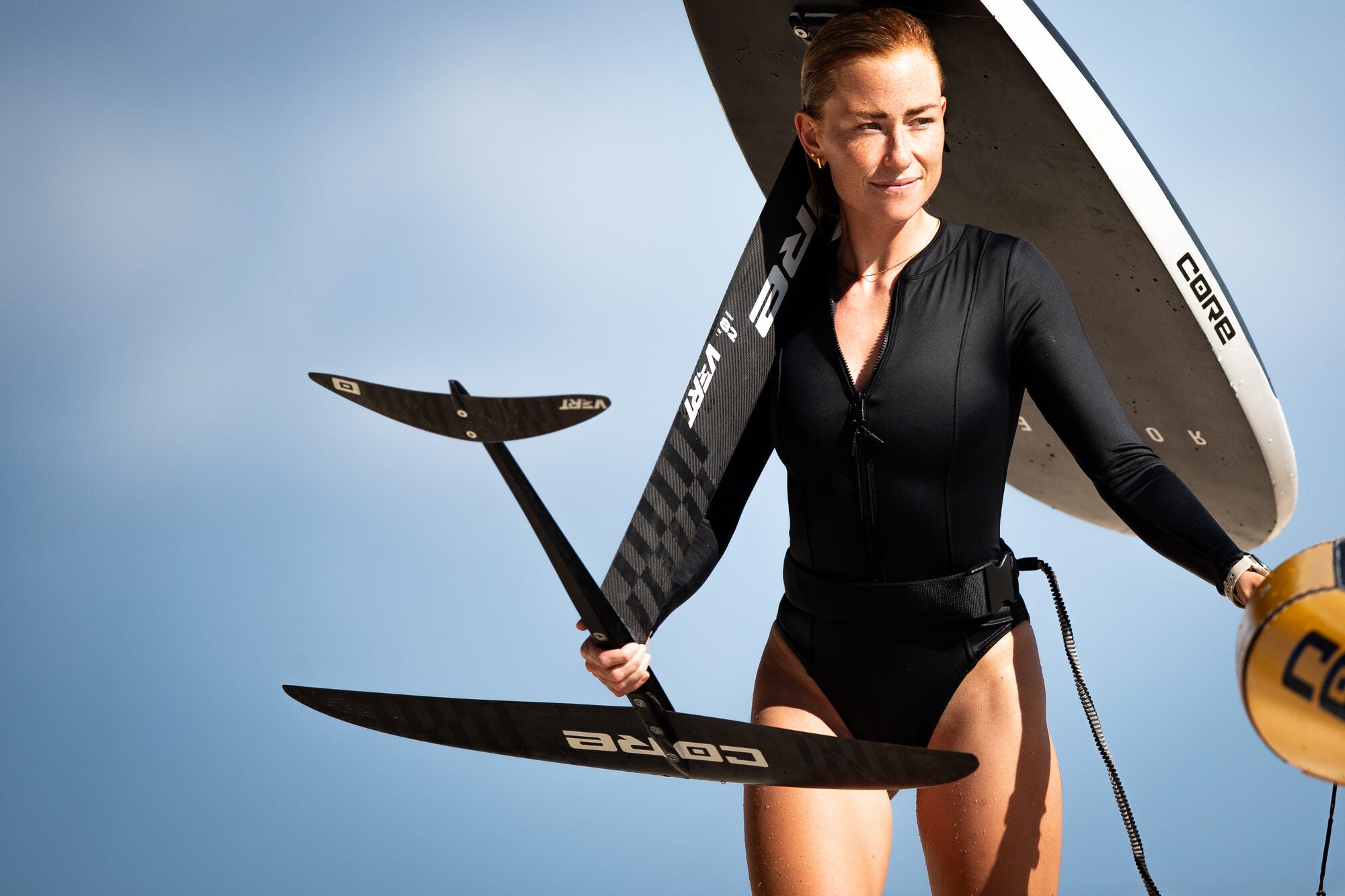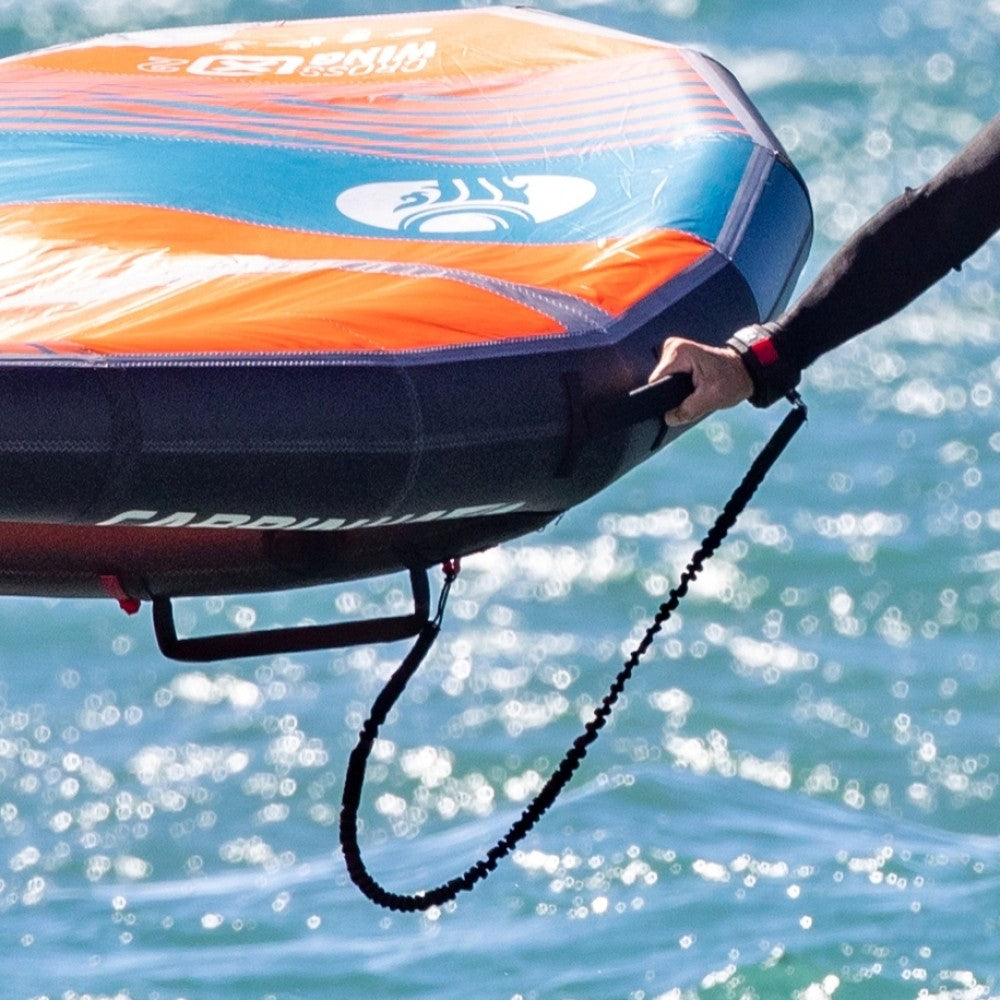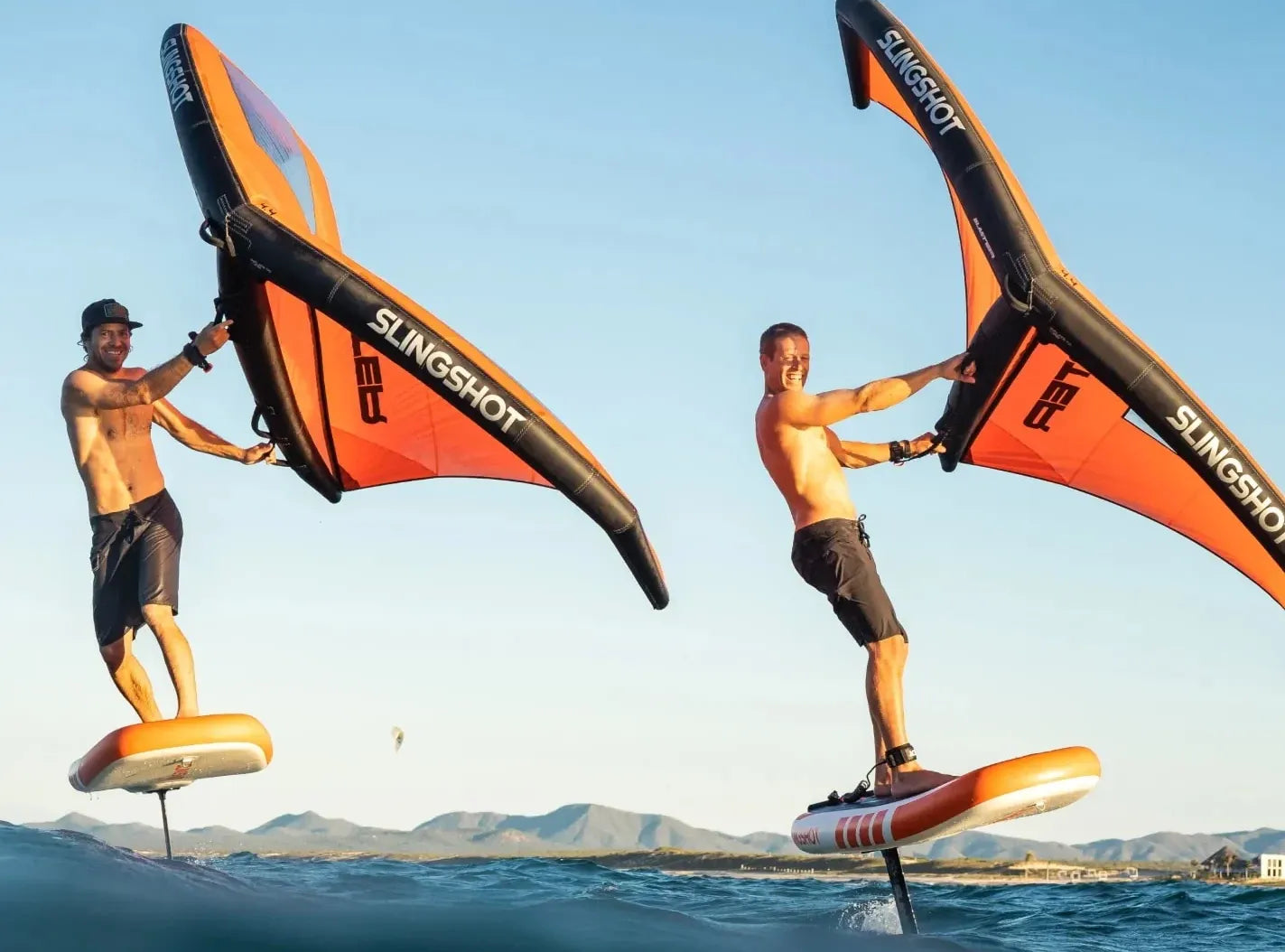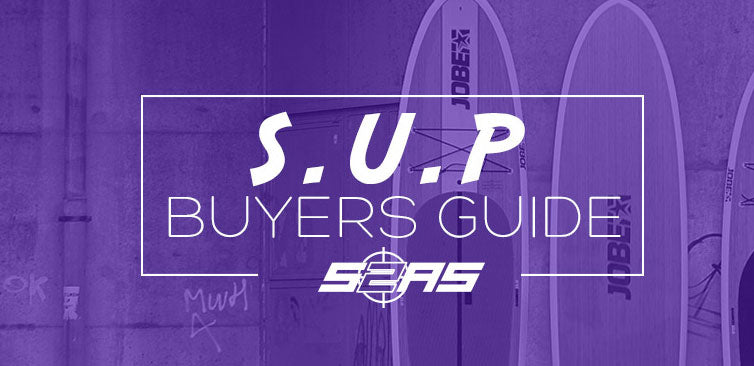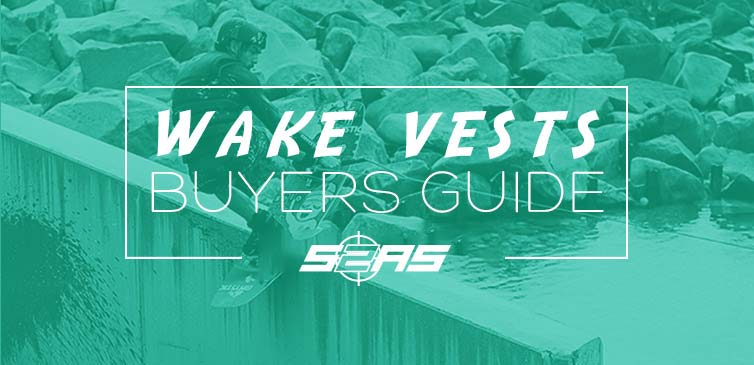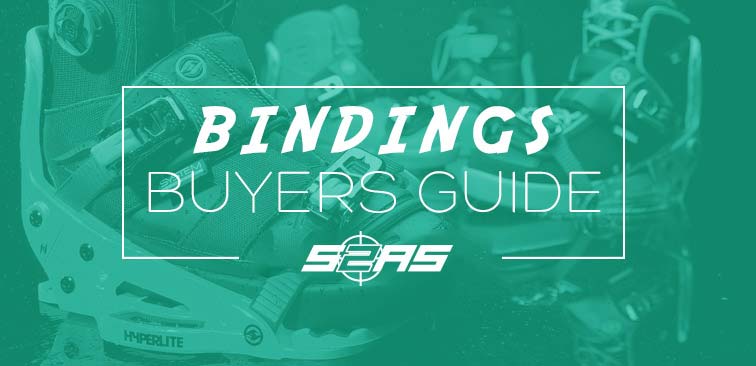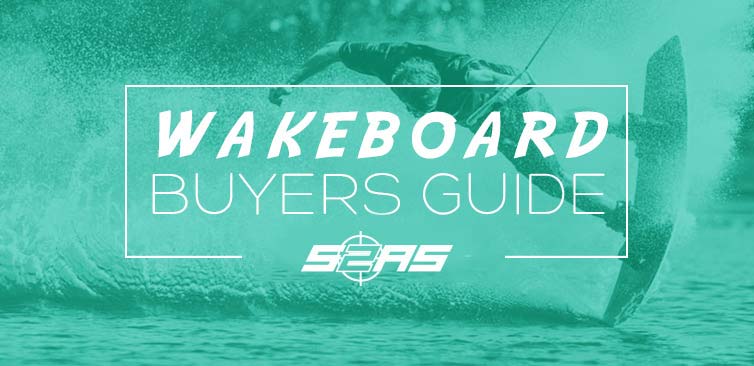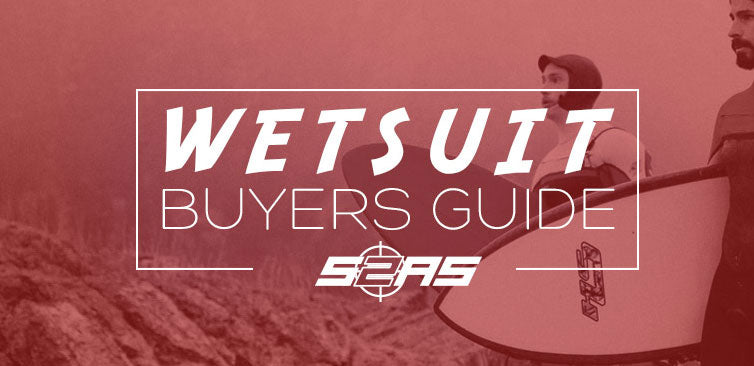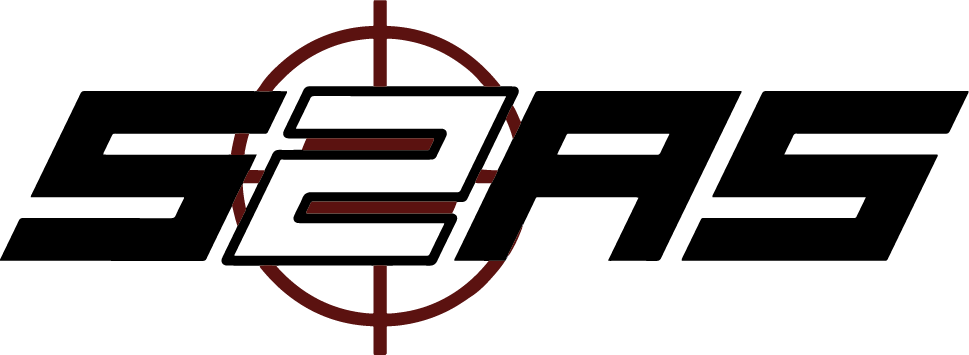Snowboard bindings are an integral piece in creating a good experience for a snowboarder on the mountain; after all, they are your direct connection to your snowboard. If your bindings are well matched to your board and style, you’re set to have a far better riding experience.
Buying bindings can be a frustrating experience if you don’t know what to look out for. It’s not as simple as finding the ones that look the best. You need to be able to comprehensively answer the following questions if you want to make the best purchase:
What are snowboard bindings?
What is your preferred riding style?
What are the various components of a binding?
What type of binding would you prefer?
What snowboard binding size do I need?
Do snowboard bindings fit all boards?
How do I set up my bindings with my board?

Without spending the necessary time reflecting on these questions, you risk purchasing the wrong size or style bindings for your boots, or worse, your board. Learning what bindings to buy and knowing how to set up snowboard bindings will ensure years of confident snowboarding. The impact of a bad buy on your snowboarding performance is almost tangible, whilst on the other hand, a great buy will help you master the mountains and the parks.
What are snowboard bindings?
Having a comprehensive knowledge of what snowboard bindings are will help you to understand what you really want to get out of them. They’re not simply about keeping you fastened to the board. Understanding the nuances of the various bindings will help you to enhance your riding style and enjoy the experience more.
Snowboard bindings secure your boots to your snowboard, making your snowboard an extension of your body and its movements
They come in various degrees of flexibility to suit different levels and styles of snowboarding and to ensure the best possible snowboarding experience.
They can be purchased separately from a snowboard, but need to be mounted to a snowboard in order to be used
Buying bindings can be a frustrating experience if you don’t know what to look out for. There are different variations of bindings that are designed for specific snowboarding styles and environments. Certain bindings will be suited to mountain runs while others will be better suited for freestyling in the parks.
Once you’ve identified your ideal bindings, you’ll need to decipher which bindings size will fit your boots. After that you’ll need to ensure that the bindings are compatible with your snowboard, in both size and the spacing of the mounting holes. Understanding the implications of different styles, sizes and their compatibility with your board is essential to a successful bindings purchase.
Whats your preferred riding style?
One of the most enjoyable aspects of snowboarding is the ability to express yourself in your snowboarding style. While it can be tricky to learn how to snowboard at first, it is a lot easier to master than skiing. Once you are no longer a beginner, the hills, mountains, parks and streets are all potential snowboarding environments.
As you learn more about the type of snowboarding that you enjoy, you’ll want to buy bindings that suit your style. Some bindings offer more flexibility to cater for off-balanced landings, while others will be stiffer to give you more control when you’re carving. Bindings are made to suit different styles. Knowing this will help you to get the most out of your bindings.

Flex ratings
Most bindings will describe what style of snowboarding they’re suited for and well as all indicating a flex rating. This could either be a soft-medium-stiff scale or a 0-10 rating.
The following table breaks down the different flex scales and ratings that usually apply to different styles:
It is however worth noting this only a rough guide because as snowboarders become more experienced they will generally go for a slightly stiffer binding for that offers better responsiveness whilst softer bindings also cater to beginner rider due to being more forgiving making it easier to progress and learn on, the following table using the same flex scale and ratings but compares it to rider ability:
So by knowing your own ability and understanding the different riding styles will help to find the right amount of flex for you!

Freestyle
If you live to rip that rainbow rail or backflip that booter, then you’re going to need some bindings that support you throughout. Freestyle and park bindings tend to be a lot softer and flexible, allowing the rider greater room for error when landing, and more room to tweak grabs whilst in the air.
If you envisage spending your snowboarding hours in snow parks hitting mostly rails and boxes, a softer flex, or a 1-2 rating, will be best. This will help you land your boardslides in both the parks and on the streets.
For those who spend the bulk of their time in the park hitting kickers and occasionally venture out to the piste, a soft-medium flex, or 3-4 rating, is more suitable. This allows a snowboarder the grace when landing, while also offering slightly more support when gaining speed down a hill.

All-Mountain
If you love to ride a little bit of everything, from park to powder then you need a binding that can do everything. All-mountain bindings have medium flex or a 4-6 rating. This grants the rider an all-purpose binding that can do pretty much everything.
As the name suggests, all-montain is a jack-of-all-trades kind of binding. Over time, snowboarders might shift to either side of the all mountain bindings, to soft-medium or medium-stiff flex. A medium flex, or a 5 rating, should still give enough flexibility to enjoy the park every once and awhile.
For those who enjoy going down the mountains with speed, a medium-stiff flex, or a 6-7 rating, will give the necessary support.

Freeride
Whether you’re heli-dropping like Travis Rice or just love slashing the softer stuff, you’re going to need a binding that fits the backcountry board under your feet. Freeride bindings often have a stiffer flex for better response and energy transfer to the snowboard for better control when going fast and big.
Freeriders will often go for bindings with a stiff flex, or 8-10 rating. This flex will give the ultimate level of responsiveness, but requires a fair amount of experience and skill to manage.

Women's
Built to accommodate women’s narrower foot profile and build these bindings are usually constructed with a softer flex pattern and thinner base plate width, if you have women’s boots it is definitely worth considering one of these bindings. Otherwise a standard unisex can still be ridden but it is always a good practice to look at the women’s specific models first.

What parts make up a Snowboard binding?
Snowboard bindings are often the first cause for hesitation for beginner snowboarders. The idea that your boots will be strapped onto your snowboard means that you will like fall at least once. Thankfully, once embraced, snowboard bindings allow you to maximize your snowboarding experience.
Snowboard bindings consist of the following core components:
• Highback
• Heel strap
• Toe strap
• Ratchets
• Base plate
• Heel strap
• Toe strap
• Ratchets
• Base plate

Highbacks
Highbacks control the heelside of your snowboard and can come in different shapes and sizes, all of which are specific for the different styles of snowboarding. Taller and stiffer highbacks enhance your control of the board whilst travelling at high speeds (freeride), whereas a shorter and softer highback is intended for a park rider or beginner looking for flexibility and ease.
Base plates
Base plates are the main connection between the binding and the board. Base plates can be made with a variety of materials. Generally speaking, the stronger the base plate the more power you will create when carving. Softer base plates create more cushioning when landing bigger jumps.
Ratchets
Ratchets are common on most snowboard bindings. There are usually two individual straps that fasten your boot to the snowboard, and ratchets are used to tighten or loosen these straps.
Heel straps
The heel strap goes over the top of your foot, from one side of the ankle to the other. It secures the heel of your foot into the heel cup area of the highback. Some bindings allow you to also adjust where the heel strap is connected to the base plate. The higher you make it, the more responsive your bindings will feel. Setting it lower will give more movement on your bindings.
Toe strap
The toe strap goes over the toe of your boot. It fastens your boot into the binding to make sure it doesn’t shift forward or back within the binding. Your boot should be secure from heel to toe.

What type of Snowboard binding would suit you?
There are two main types of bindings – strap-in bindings and speed-entry bindings (sometimes called Rear Entry Bindings), below is an explanation of these two types:
Strap-In Bindings
Certainly the most common bindings you will see on the market and on the mountain. Built with two separate straps, strap-in bindings utilise a separate ankle strap and toe strap. The ankle strap goes across the ankle and the toe strap sits either on top of the toe of the boot or wrapped around the front of the toe of the boot.

Strap in bindings have a high-back that is fixed – i.e. it stays in one place. Of course you can still adjust the highback angle on most strap-in bindings so that provide more/less forward lean.
To get in and out of a strap-in binding you simply undo the straps step in or out of the binding.
Speed-Entry Bindings
Speed entry bindings (a.k.a rear entry bindings) are less common than strap-in bindings but are becoming more common.
Most often there is only one strap on speed entry-bindings. This strap covers both the ankle and the toes and has four connection points.

The high-back on speed entry bindings folds open when “unlocked” so that it will be almost completely horizontal, allowing the snowboarder to “kick-in” to the binding creating that speed of entry. With speed-entry bindings the rider only needs set the straps once!
Much like with strap-in bindings the highback angle in its ‘locked-in” state can be adjusted to different degrees of forward lean – or adjusted back to be completely upright.

What Snowboard Binding size do i need?
Once you understand what type of binding you’re looking for, you will need to determine whether the bindings are compatible with your boots and your snowboard. An integral part of buying a binding, is making sure that firstly, your boot fits into your binding, and secondly that your binding fits onto your board.
To successfully answer the question of ‘what snowboard binding size do I need?’, you need to consider the following:
1. What is the size of your boot?
2. What does the binding manufacturer’s size guide recommend?
3. Will the bindings fit on your snowboard?
4. Are the mounting holes compatible with your snowboard?
2. What does the binding manufacturer’s size guide recommend?
3. Will the bindings fit on your snowboard?
4. Are the mounting holes compatible with your snowboard?
Binding and boot compatibility
When browsing bindings, you won’t necessarily come across a US 10 or UK 9. Instead, the typical snowboard binding size conventions are:
• XS
• Small
• Medium
• Large
• XL
• Small
• Medium
• Large
• XL
These conventions cater for various shoe sizes, and differ for male and female. The following table shows the standard snowboard binding size:
However, there is sometimes variation between individual brands so make sure you always check the manufacturers binding size chart and compare to your boot before purchasing a new set of bindings to avoid any chance of disappointment.

Binding and board compatibility
Now that you’ve found bindings with the right size and amount of flex, you might think you can complete the purchase and attach your bindings to your snowboard, however this is not always the case!
Do snowboard bindings fit all boards? Mostly. Just like snowboards, snowboard bindings come with different options for mounting. There are a variety of mounting options and hole patterns on snowboards. Most patterns are compatible with each other, but it's good to make sure you are not stuck with the wrong set. Luckily, most brands nowadays have universal discs or make multiple discs to cover different types of mounting holes.
There are two main types of binding systems that operate with the discs and are widely used today and two older types that are mostly discontinued, by major brands:
• 2x4 Inserts (Most major snowboard brands)
• Channel System (some snowboard brands)
• 4x4 Inserts (discontinued)
• 3-Hole or 3D (pre-2011 Burton snowboards)
• Channel System (some snowboard brands)
• 4x4 Inserts (discontinued)
• 3-Hole or 3D (pre-2011 Burton snowboards)

2 x 4 Inserts
The 2x4 insert pattern is the most common on modern snowboards and will be compatible with almost all brands of bindings. It has holes that are 2cm apart lengthways, and 4cm width between to two lines of holes. In total, there are six-eight pairs of holes that are 2cm apart. This allows you to adjust where you’d like to attach your bindings, for multiple stance options.
Channel System Bindings
On a Channel System bindings are attached to a track insert and then can move along the track (a.k.a. rail or channel) until they are in the desired position and then are screwed in place. Most major brands will be compatible out of box but some may require a separate pair of disks.
4 x 4 Inserts
The older 4x4 pattern has holes that are 4cm apart lengthways with 4cm width between each set of holes. Usually there are three pairs of holes per binding, but there can be as many as five sets, depending on the brand of board. Most binding brands will still fit a 4x4 pattern apart from those that utilise Mini-Disk technology.
3-Hole or 3D
The now discontinued 3-Hole system can be found on pre-2011 Burton snowboards it utilised 3 screws in a triangular pattern to mount the bindings to the snowboard, as it is no longer used not all binding disks will still be compatible.
Once you’ve made sure that the bindings are the right size for your boots and are compatible with your board and style of snowboarding, you can feel confident to make the purchase.

How do i set up my new Snowboard Bindings with me Snowboard
Setting up your snowboard bindings can be a simple and easy procedure if you know what to do and look out for. Setting up your bindings allows you to truly tailor your snowboard to your physical requirements. While it can be easy to have them setup in a shop, doing it yourself will bring the most out of your bindings.
How to set up snowboard bindings:
1. Establish whether you are regular or goofy. In other words, is your left foot at the front of the board (regular) or is it your right foot (goofy) when you’re going forward.
2. Determine how wide you want your stance to be. It is usually a comfortable stance with the same width as your shoulders. Most boards give a suggested stance width (marked on the inserts) that you could use if you’re not certain.
3. Decide your positioning (how centred you are) on the snowboard, if you want more float in the powder placing the bindings closer to the tail of the snowboard provides a larger nose and makes back foot steering easier, however if you are looking for more freestyle versatility having your bindings an equal distance from the nose and tail is ideal.
4. You’ll then use the mounting discs to fasten your bindings to the board with the supplied bolts.
5. Establish your preferred angles!
- Freeride snowboarders will normally have a directional stance (Front: +20° to 30°, Back: 0° to +10°) making it easier to lay into carving turns!
- For all-mountain riding a more a less aggressive stance offers stability and comfort (Front: +12°to 24°, Back -9° to +6°)
- Freestyle balance and versatility is gained from a centred stance (Front: +9° to +18°, Back -9° to -18°)
6. Once all the bolts are in position and loosely tightened, confirm that the position of the bindings are where you want them.
7. Hand tighten your bolts securely into place and fasten the base plate pads.
8. Once secured, you’re ready to test them out.
Setting up your own snowboard bindings will help you to know how to adjust them at a later stage.

Additional Features
There are some additional features that can be considered but aren’t a necessity to know about when buying a pair of snowboard binding but it is always worth having a basic understanding of the technologies involved:
• Forward Lean
• Mini-Disk
• Canting
• Mini-Disk
• Canting
Forward Lean
Forward lean is the angle of the highback, from perpendicular to the baseplate through to moving further towards the toes, most bindings have a forward lean adjuster on the highback itself either on the back or where it attaches to the heelcup. A more aggressive angle makes it easier to engage your edges whilst carving whereas less angle is better for freestyle manoeuvrability and more forgiving ride.

Mini-Disk
Some bindings now utilise a new technology called “mini-disk” which involves using a smaller mounting disc to attach the bindings to the snowboard there by allowing more of the board’s natural flex pattern to be free to bend and twist, for a more dynamic experience on the trails.

Canting
When in a snowboarding position human anatomy causes the inside of the feet to lift slightly so rather than having a flat baseplate some bindings employ a canted angle (normally 2.5°) to reduce the pressure placed upon the ankles and knees whilst riding.
Finding the ideal bindings involves knowing your snowboarding style, boot size and board compatibility. Informing yourself is the best way to buy the right bindings to bring you the most enjoyment.
That’s it! See you on the slopes.



